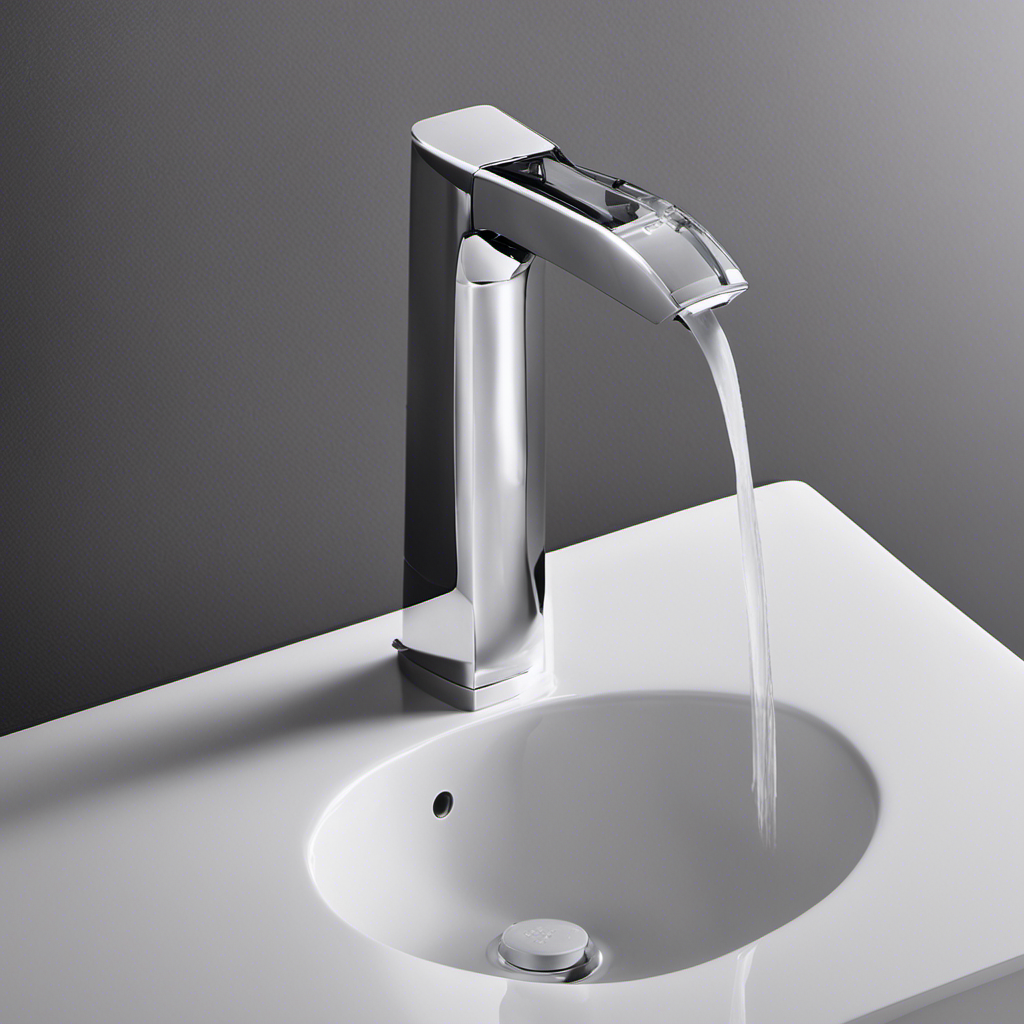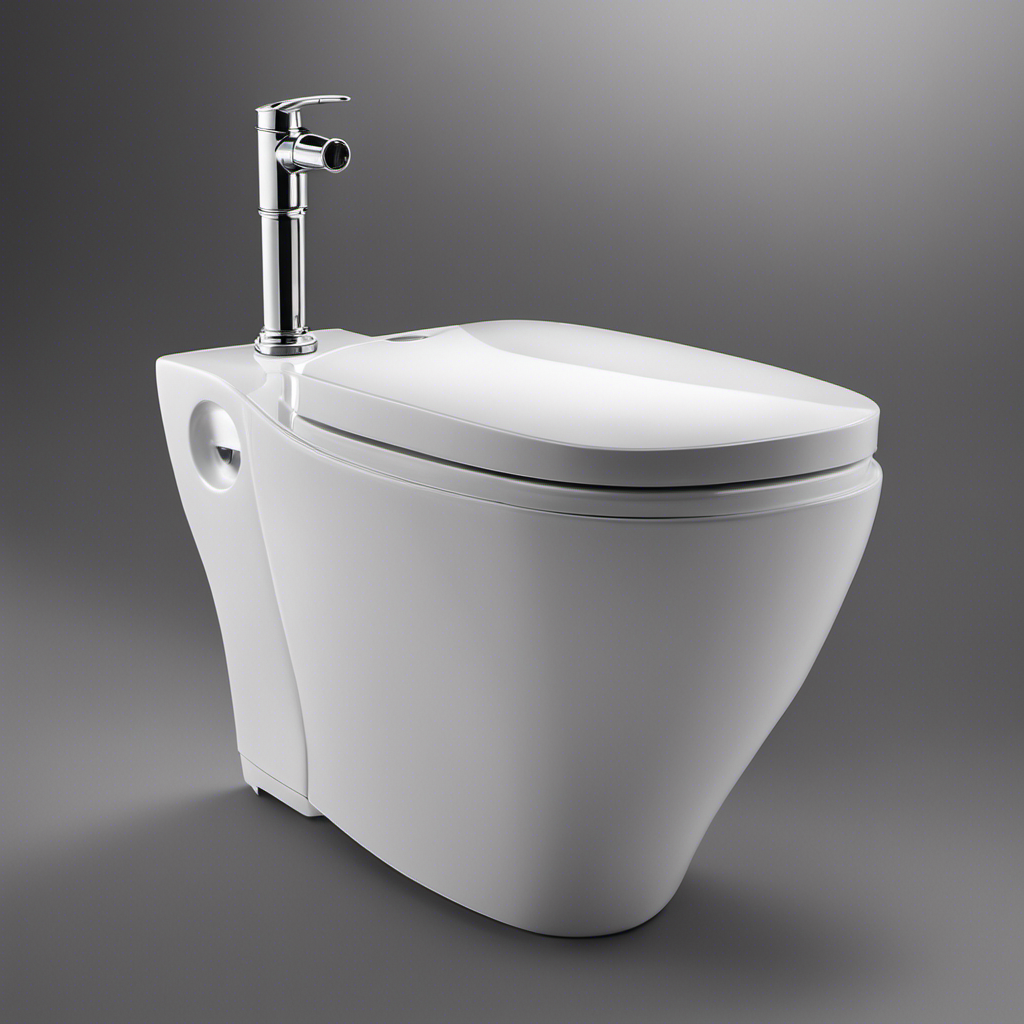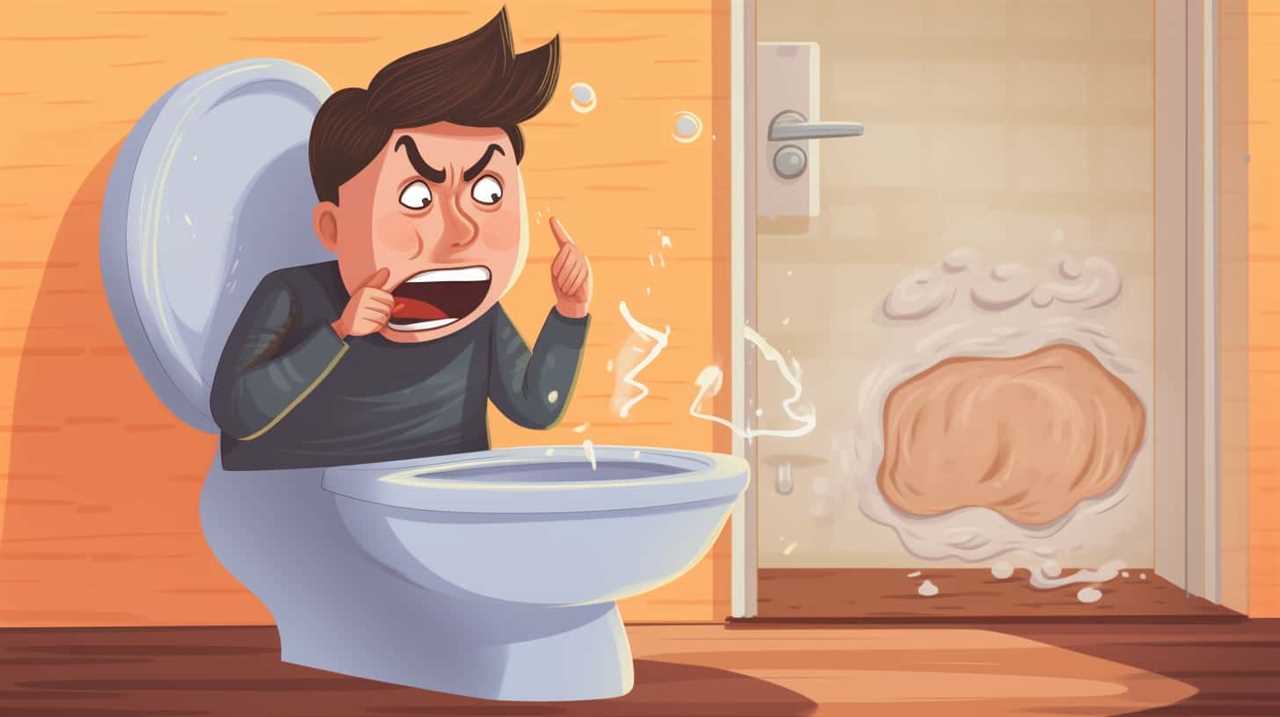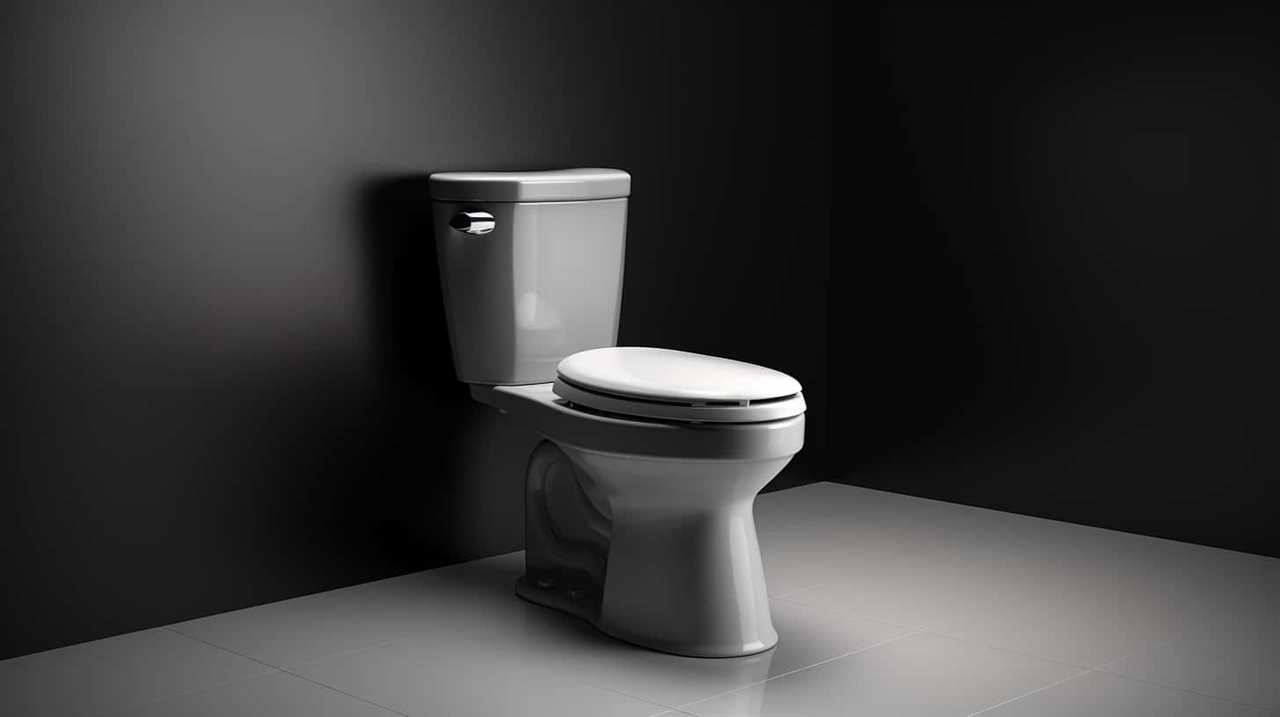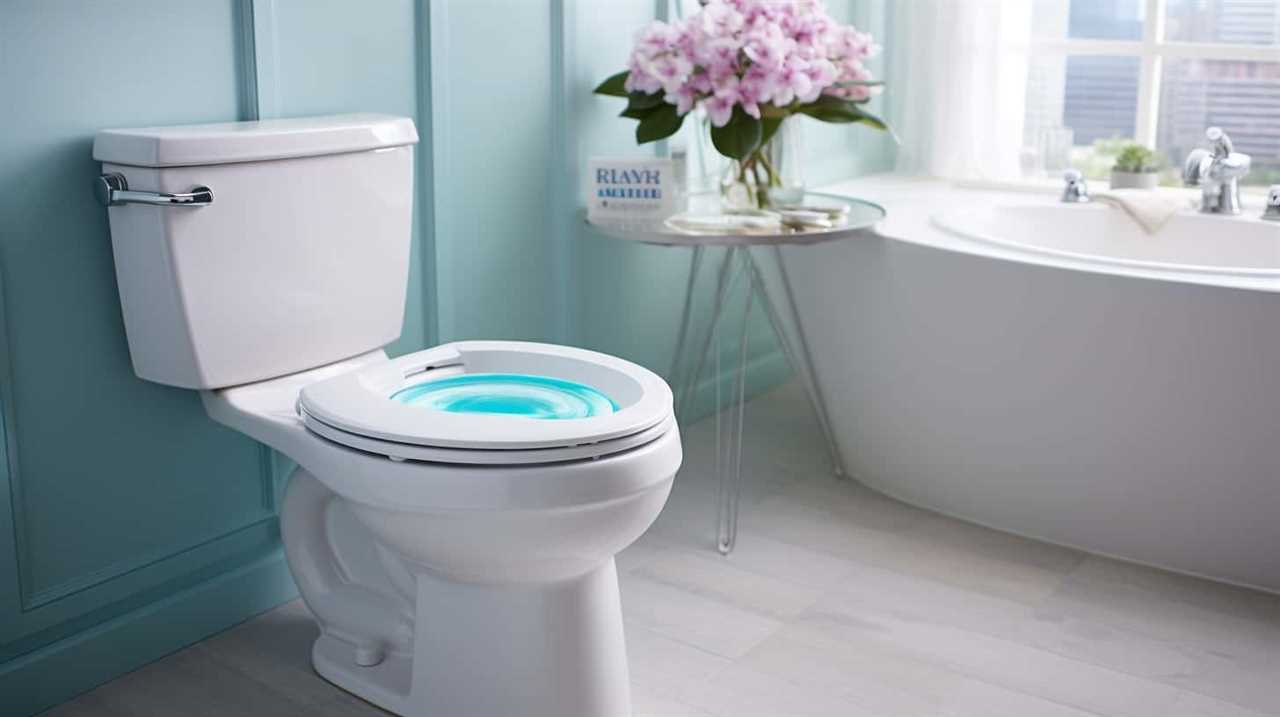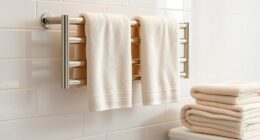When it comes to finding the ideal toilet fill valve, homeowners are often left feeling overwhelmed by the numerous options available. However, fear not, as this comprehensive guide will provide all the necessary information to make an informed decision.
From understanding the key features to considering different types of fill valves, this article leaves no stone unturned. Additionally, it delves into the importance of compatibility, cup type, and even offers cleaning tips.
So, let’s dive in and discover the perfect toilet fill valve for your needs!
Key Takeaways
- Regular cleaning and maintenance of the toilet fill valve is important to prevent common problems and water wastage.
- Signs of a faulty toilet fill valve include continuous water running sound, water leaks around the toilet base, insufficient tank refilling, incorrect water level in the bowl, and inconsistent water pressure during flushing.
- When choosing a toilet fill valve, consider features such as adjustable water level settings, quiet fill technology, easy installation and compatibility, durability, and water-saving options.
- There are different types of toilet fill valves available, including diaphragm fill valves, piston fill valves, float cup fill valves, pressure-assist fill valves, and electronic fill valves.
Key Features to Consider
When choosing a toilet fill valve, it is important to consider key features such as the diaphragm, type of ballcock or plunger, compatibility, cup type, and noise.
The diaphragm, made of plastic, is a complex component that can be difficult to repair. However, it is reasonably priced.
The type of ballcock or plunger is an old fill valve type that consists of a float ball and brass arms. It includes a brass sealed-off and rubber washer, which can be easily replaced if needed. This type of fill valve is compatible with old toilets.
Additionally, noise is another important factor to consider, as some fill valves can be noisy during operation.
Different Types of Fill Valves
The ballcock or plunger type of fill valve is an older design that is made of a float ball and brass arms. While diaphragm fill valves are more commonly used in modern toilets, the ballcock or plunger type still has some advantages and disadvantages.
Here are the pros and cons of diaphragm fill valves:
Pros:
- Made of plastic, making them lightweight and easier to install.
- Complex design allows for better control of water flow and prevents water hammer.
- Reasonably priced, making them a cost-effective option.
Cons:
- Can be difficult to repair if the diaphragm gets damaged.
- May require special tools or expertise to fix issues.
- Some users report issues with leaking or inconsistent water flow.
To troubleshoot common issues with fill valves, here are some steps you can take:
- Check for any visible leaks or loose connections.
- Clean the valve and ensure it is free from debris or mineral deposits.
- Adjust the fill level by adjusting the float height or adjusting the valve mechanism.
- If necessary, replace the fill valve with a new one if the issues persist.
Understanding Diaphragm Fill Valves
Diaphragm fill valves, made of plastic with a complex design, offer better control of water flow and prevent water hammer. These valves have several advantages over other types.
Firstly, they provide precise control over the water flow, allowing for accurate filling of the toilet tank. This helps in conserving water and preventing wastage.
Additionally, diaphragm fill valves are reasonably priced, making them a cost-effective option for homeowners.
However, like any other plumbing component, diaphragm fill valves can also face certain common problems. One such issue is the potential difficulty in repairing them. Due to their intricate design, it may be challenging to fix any issues that arise.
It is important to keep this in mind and consider the maintenance requirements before choosing a diaphragm fill valve for your toilet.
Exploring Ballcock and Plunger Fill Valves
Ballcock and plunger fill valves, made of float ball and brass arms, are compatible with old toilets and can be repaired by replacing the rubber washer. These traditional fill valves have been used in toilets for many years and have proven to be reliable options.
Here are some key points to consider when it comes to ballcock and plunger fill valves:
- They are compatible with old toilets, making them a suitable choice for older bathroom fixtures.
- The float ball and brass arms are durable and can withstand regular use.
- If the rubber washer wears out or becomes damaged, it can be easily replaced, saving you from having to replace the entire fill valve.
- These fill valves are relatively easy to troubleshoot and repair, making them a convenient option for DIY enthusiasts.
While ballcock and plunger fill valves have their advantages, it’s important to note that diaphragm fill valves offer additional benefits, such as quieter operation and adjustable water levels. However, if you have an older toilet and are looking for a reliable and repairable fill valve option, ballcock and plunger fill valves are worth considering.
Factors to Consider for Compatibility
When considering compatibility, it’s important to assess the toilet’s age and design. This is crucial for toilet fill valve installation and troubleshooting common fill valve issues.
Installing the right fill valve is essential for proper functioning and water efficiency. Before purchasing a fill valve, it is important to check if it is compatible with the toilet’s specifications. This includes the toilet’s brand, model, and size. Additionally, consider the water pressure requirements and the type of refill system your toilet has.
Troubleshooting common fill valve issues involves checking for leaks, adjusting the water level, and ensuring proper alignment. It is also important to regularly clean and maintain the fill valve to prevent clogs and malfunctions.
The Importance of Cup Type
The cup type is an important feature to consider when selecting a toilet fill valve as it directly affects the efficiency of the flushing mechanism. The cup type refers to the shape and material of the seal that controls the water flow. Here are some key points to understand the importance of cup type:
-
Noise Reduction: Certain cup types, such as those made of rubber or silicone, can help reduce the noise produced during the flushing process. This is especially beneficial in households where noise reduction is a priority.
-
Pros of Plastic Diaphragm: Some cup types, like plastic diaphragms, offer advantages such as being reasonably priced and resistant to corrosion. They are also known for their durability and ability to withstand high water pressure.
-
Cons of Plastic Diaphragm: However, plastic diaphragms can have a more complex design, making them difficult to repair if they get damaged. In such cases, it may be necessary to replace the entire cup or even the entire fill valve.
-
Efficiency: The cup type plays a crucial role in maintaining a tight seal, preventing water leakage and ensuring the proper functioning of the fill valve. It is essential to choose a cup type that fits well with your toilet’s flushing mechanism to ensure optimal performance.
Cleaning and Maintenance Tips
To maintain optimal performance, regularly cleaning and maintaining the toilet fill valve is essential. Neglecting this crucial maintenance task can lead to common fill valve problems and require toilet fill valve troubleshooting. Some of the most common issues include water leakage, slow or incomplete filling, and noisy operation. By following proper cleaning and maintenance tips, these problems can be avoided.
One of the first steps in troubleshooting fill valve problems is to clean the valve thoroughly. This can be done by turning off the water supply using the shut-off valve, flushing the toilet and waiting for all the water to drain, and using a rag or sponge to mop up any remaining water in the tank. The valve flapper should be thoroughly cleaned to remove any debris or mineral deposits that may be affecting its performance. Once the cleaning is complete, the sealing ring should be attached to the drain seat and everything should be reassembled.
Regular cleaning and maintenance of the toilet fill valve can prevent common problems and ensure optimal performance. By following these steps, homeowners can avoid the need for toilet fill valve troubleshooting and keep their toilets functioning properly.
Conclusion
In conclusion, choosing the perfect toilet fill valve is crucial for efficient and reliable flushing. By considering key features such as diaphragm type, ballcock or plunger design, compatibility, cup type, and noise level, one can make an informed decision.
Symbolically, a well-functioning toilet fill valve represents the smooth flow of waste disposal, ensuring a clean and sanitary environment. Regular cleaning and maintenance of the valve flapper are essential to prolong its lifespan.
With the right knowledge and care, a high-quality toilet fill valve can provide years of trouble-free operation.
